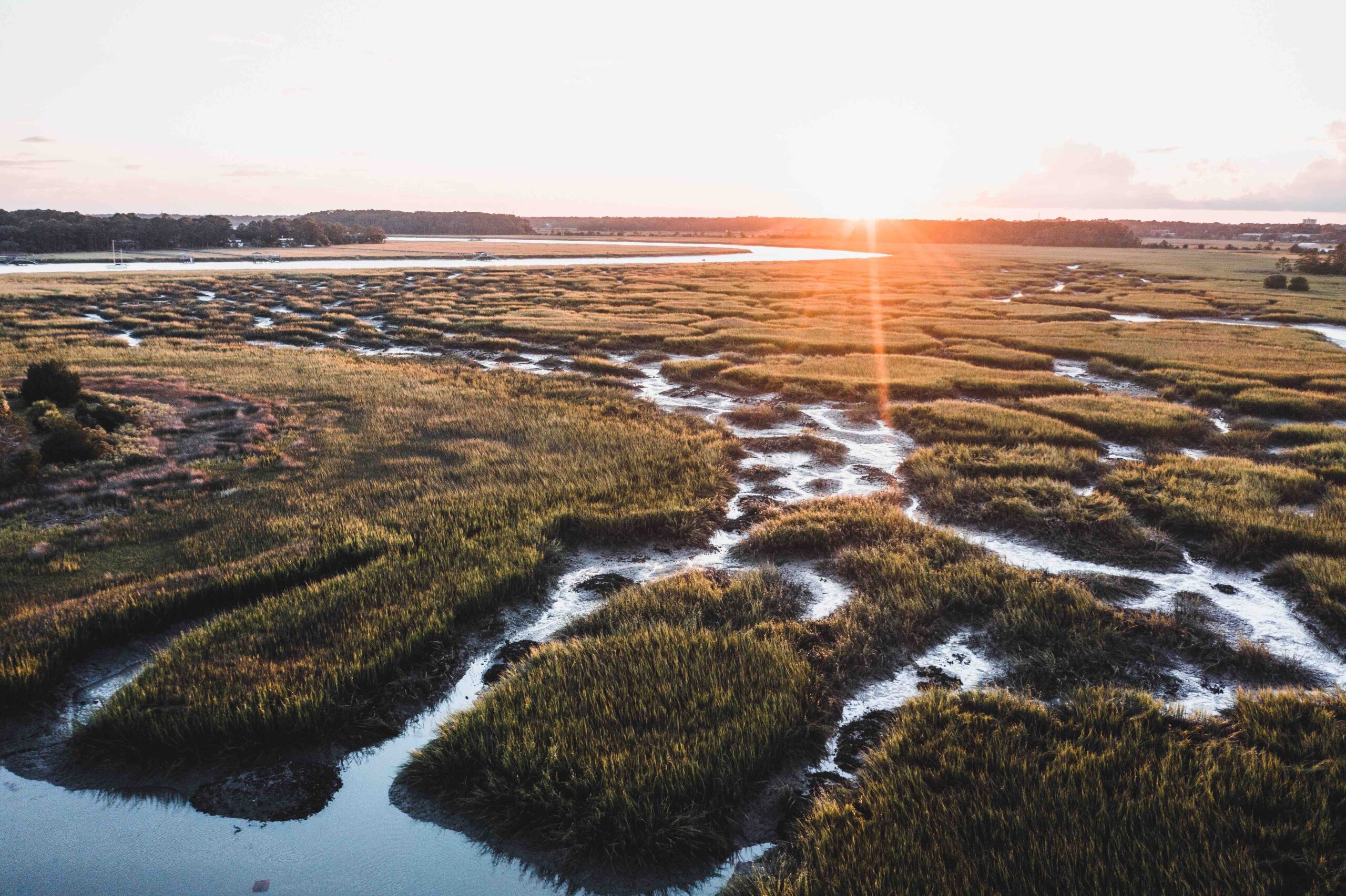The recent U.S. Supreme Court ruling in Sackett v. EPA appears to settle the question of where water ends and land begins under Section 404 of the federal Clean Water Act (CWA). The ruling that the CWA only covers wetlands with a continuous surface connection to a traditionally navigable waterway has been heralded by farming interests for providing clarity to farmers, presumably on decisions whether to alter wetland features on their lands. However, farmers and landowners should be reminded that wetlands conversion still may carry risks under state and other federal law, and that Sackett should not be taken as an indication that other wetlands protections will not be enforced on wetlands no longer covered by the CWA.
Importantly, the Sackett surface connection rule does not change the federal government’s wetlands policy and regulation authority under the Swampbuster provision of the 1985 Farm Bill. Swampbuster denies eligibility for federal subsidy programs to farmers and landowners who convert wetlands, carving out an exception for wetlands converted prior to 1986. Though the Natural Resources Conservation Service (NCRS) may refer to the Army Corps of Engineers’ Wetlands Delineation Manual (the guidance document on CWA 404 determinations) in its own determinations, the Sackett decision does not restrict NRCS to the “surface connection rule’ when identifying wetlands for purposes of Swampbuster benefit determinations.
NRCS wetlands authority under Swampbuster was recently addressed by the 9th Circuit in Foster v. USDA. The case supports the policy that farmers can apply for reconsideration of wetlands designation, which obligates NRCS to make a new determination.
Additionally, non-CWA wetlands may still benefit from state protections. Most southern states have laws protecting isolated wetlands, though North Carolina recently aligned state wetlands definitions with the new post-Sackett rules (Tennessee has introduced a similar measure). In short, though Sackett will likely result in fewer determinations of wetlands for purposes of CWA 404 permits, the decision should not be taken by farmers as an invitation to self-determine wetland status and the resulting consequences of draining or filling habitually wet areas on their farms.
Brannon, Robert Andrew. “Wetlands Protection under Swampbuster.” Southern Ag Today 3(43.5). October 27, 2023. Permalink




